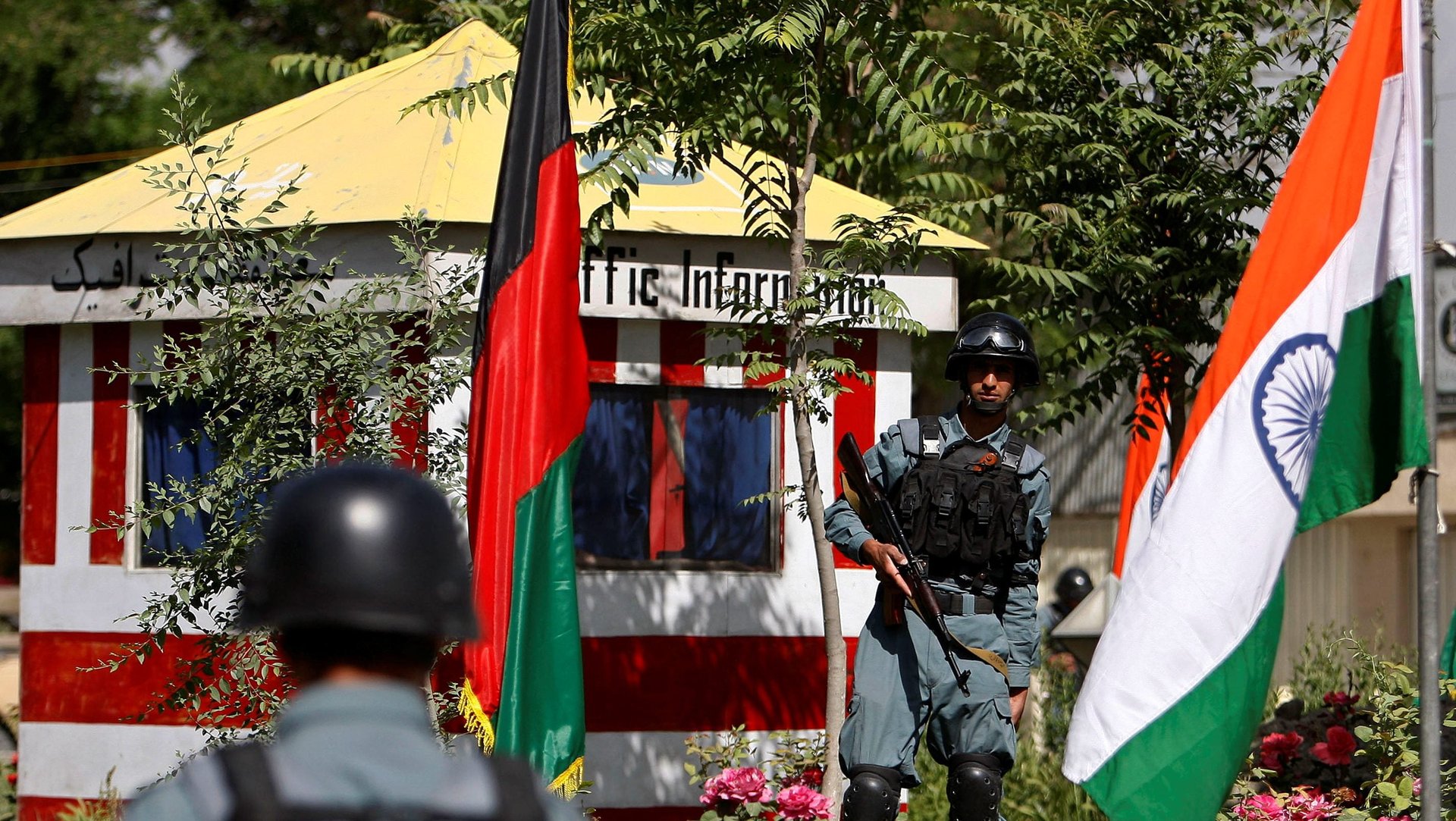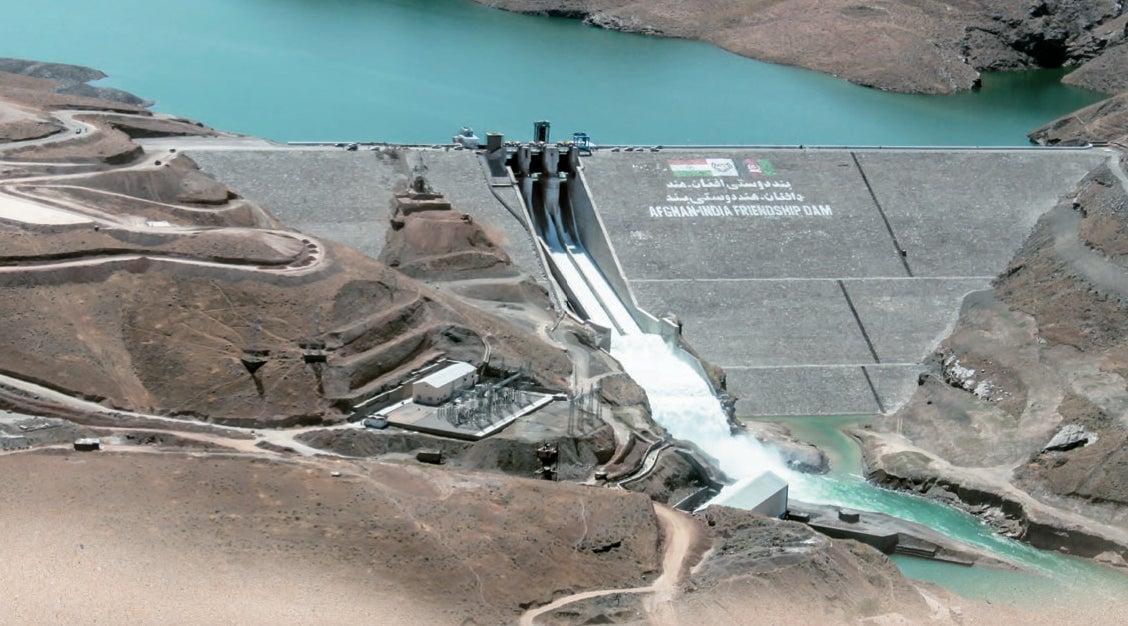After the Taliban’s takeover, uncertainty looms over India’s investments in Afghanistan
As the world watches events unfolding in Taliban-led Afghanistan, worries loom large among countries that have trade ties with the war-torn country.


As the world watches events unfolding in Taliban-led Afghanistan, worries loom large among countries that have trade ties with the war-torn country.
This is a particular worry for countries in the neighbourhood like India that have invested heavily in Afghanistan and are now unsure of the future of their bilateral ties.
At present, India is in the process of evacuating its citizens from Afghanistan. Until Aug. 17, it has evacuated its 170 people including the ambassador Rudrendra Tandon. Describing the situation as “fluid,” Tandon said that a small number of Indian nationals remained in the country and that Indian authorities were attempting to bring them back.
And while people are the priority at the moment, what India’s relationship would be like with a Taliban-led government remains unknown. India has already asserted that it will not recognise a government forced on Afghanistan, which is a grey area given that Kabul fell to the Taliban without a bloody battle.
India’s investments in Afghanistan
Over the past two decades, since the US-Nato forces entered the region to help Afghanistan fight the Taliban, India has helped rebuild civic infrastructure.
In terms of investments, since 2001, India has invested around $3 billion (Rs224 crore) in Afghanistan’s infrastructure, which includes over 400 projects across all provinces in the country. These projects are largely around infrastructure, human resource development and capacity building, humanitarian assistance, community development, and enhancing trade through air and land connectivity.
As far as infrastructure is concerned, India has helped Afghanistan build roads, dams, schools, libraries, and even its parliament. In 2015, prime minister Narendra Modi inaugurated the building, which was built at an estimated cost of $90 million. “This building will stand as an enduring symbol of ties of emotions and values, of affection and aspirations that bind us together,” Modi said during the inauguration of the building that is spread over 86 acres.
Some of India’s other high-profile projects (pdf) in Afghanistan are:
- Zaranj-Delaram highway: A 218-km long highway, with an estimated cost of around $150 million, has been built by India’s Border Roads Organisation near Afghanistan’s border with Iran. The highway holds strategic importance for India as it provides an alternative route into Afghanistan through Iran’s Chabahar port after Pakistan denied India overland access to trade with Afghanistan.
- Stor Palace: In 2016, India along with the Aga Khan Trust helped revamp a 19th-century monument known as Stor Palace in Kabul. The 100-year old building served as the office of the Afghan foreign ministry until 1965.
- Salma Dam: Also known as the Afghan-India Friendship Dam project, the Salma dam in Herat province was completed against all odds including several attacks from the Taliban and was inaugurated in 2016. With an estimated cost of around $275 million, this is one of the most expensive infrastructure projects by India in the region.

- Power infrastructure: Another relevant contribution by India includes the revamp of power infrastructure, which includes a high-voltage direct-current line from Baghlan to the north of Kabul.
Besides, in 2020 at the Geneva conference, India also announced an additional 100 community development projects worth $80 million along with the construction of the Shahtoot Dam in the Kabul district. The dam was supposed to provide safe drinking water to 2 million residents.
It remains to be seen if India will continue with the same level of commitment. However, experts feel that in either situation, India could be in a strategically good position.
“India must be nimble in reacting to the fast-paced developments in Afghanistan and open up engagement with all shades of Afghan political opinion. History suggests that whosoever rules Kabul feels the need to develop good relations with India for political and economic reasons,” wrote Shakti Sinha (pdf), director at Gujarat-based Atal Bihari Vajpayee Institute of Policy Research and International Studies, in his briefing paper on India and Afghanistan trade in July.
India’s trade ties with Afghanistan
Apart from the various infrastructure projects, India also was also important for Afghanistan when it comes to bilateral trade.
In 2011, India signed an agreement with Afghanistan in order to enhance existing trade ties. As part of the agreement, Afghanistan got duty-free access to the Indian market. As of 2019-20, the trade between the two nations was estimated to be over $1.5 billion, which mostly includes dried fruits and vegetable products.
India is one of Afghanistan’s biggest export markets, especially for goods such as dried fruits, carpets, wool among other things. As of 2019, the total value of all Afghan exports to India was $410 million, which increased to $500 million in the year 2020-21.
But now, these new developments have got Indian businesses worried. For instance, the Taliban has reportedly sealed a couple of Afghanistan’s borders with Pakistan, which are the only land routes used for trade activities from India to Afghanistan.
“We and our counterparts in Afghanistan are worried. Taliban has taken control of the Torkham and Chaman borders,” Anil Mehra, president of the Federation of Karyana and Dry Fruit Association told Hindustan Times on Aug. 16. “Afghanistan mostly send us dry fruits, which are perishable. There are no arrangements for importing dry fruits via sea or air. We hope that the two land routes are opened for import.”